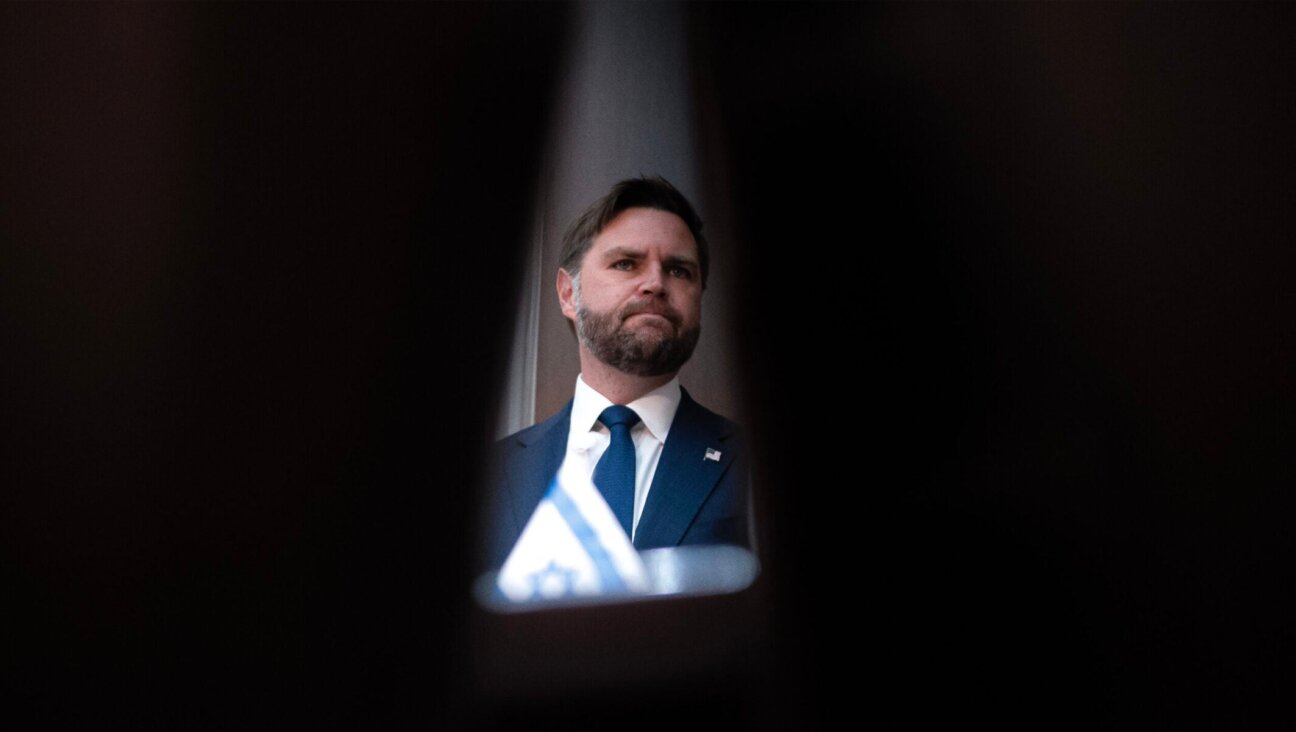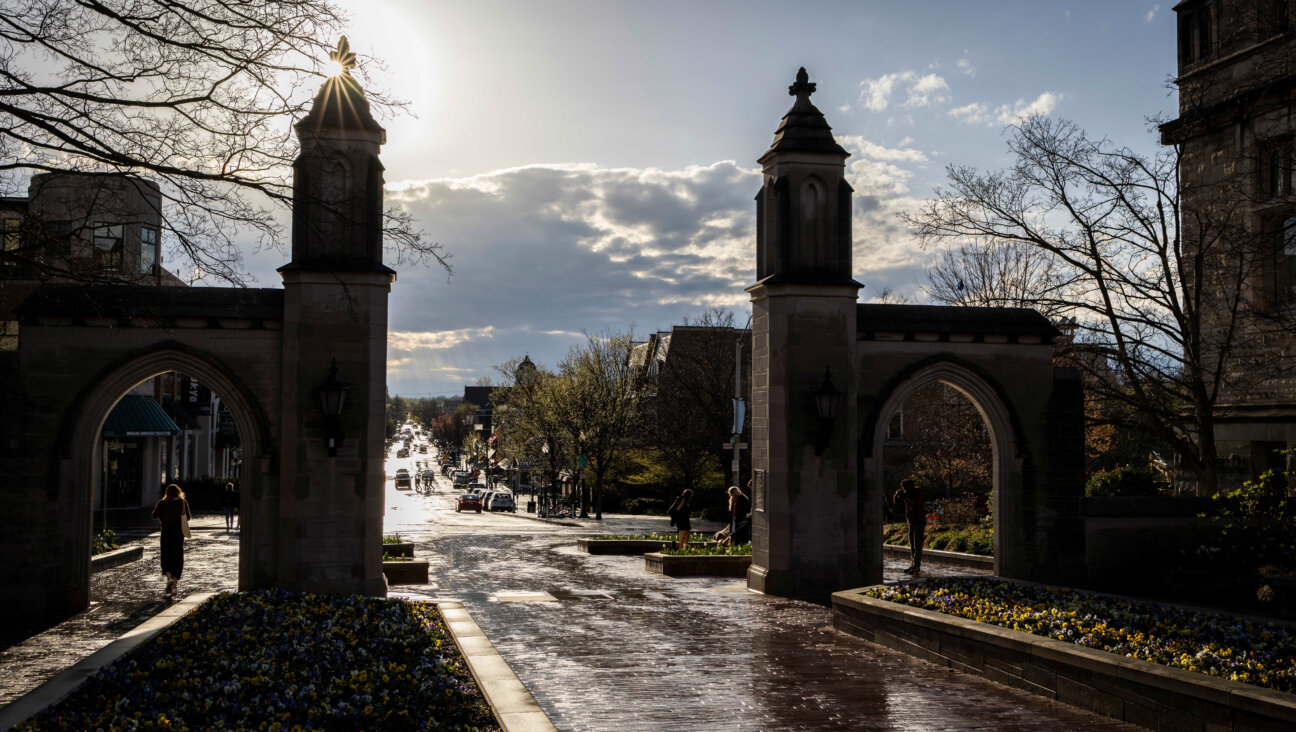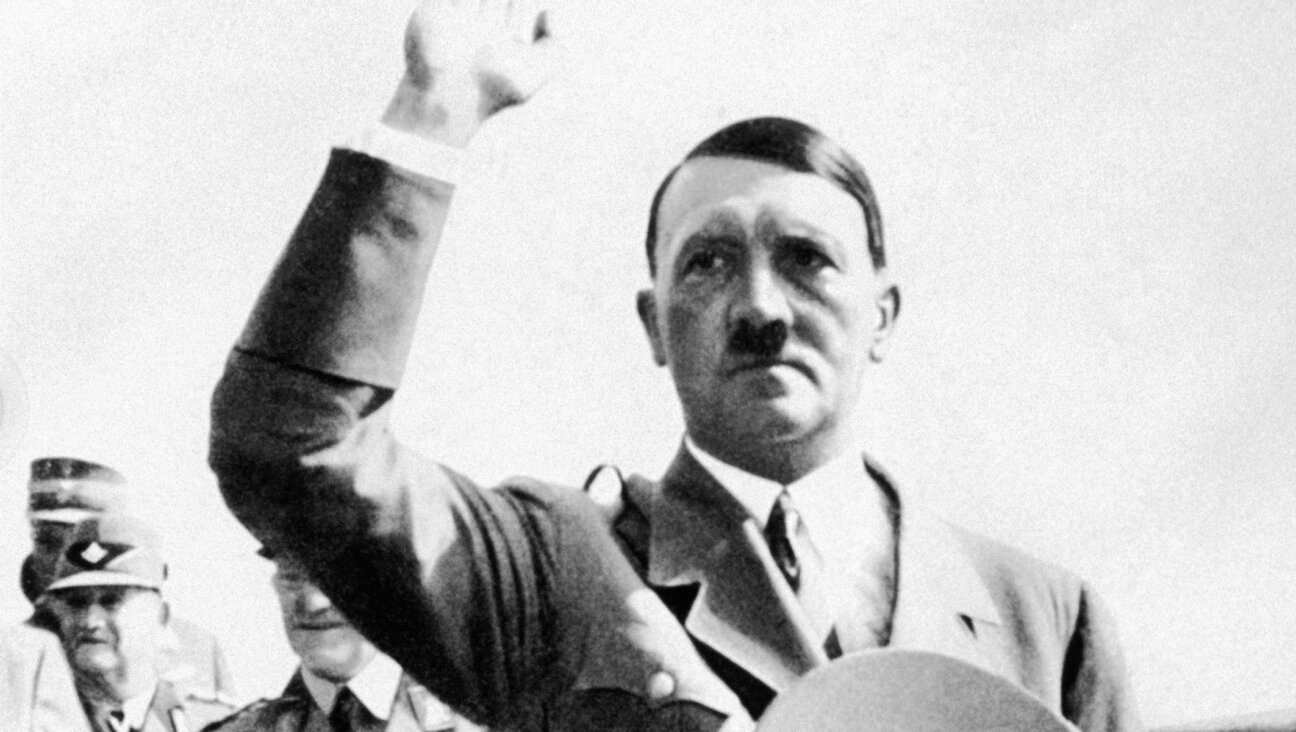Rio De Janeiro Launches First Eruv
The Jewish community of Rio de Janeiro in Brazil concluded the launch of its first eruv — an area where Orthodox Jews may carry items outside their homes on Shabbat.
The new eruv of Copacabana and Ipanema — two southern neighborhoods that are famous for their beach scenes — was certified last week by Kolel Rio, a Jewish religious seminary that was established 12 years ago.
The new eruv extends four miles along the coast, from the Amirante Julia de Nornoha beach in northern Copacabana to Epitacio Pessoa Avenue, which is the southern limit of Ipanema.
Work began on the new eruv last year, and rabbinical authorities soon recognized that it covered some of the area of Copacabana. But on April 25, the eruv was redefined and officially declared as encompassing both neighborhoods.
“I confirm that I have inspected the entirety of the Ipanema and Copacabana eruv and have seen it was constructed according to the letter of the halakha,” Rabbi Shmuel A. Havlin, head of the Ohel Yossef kollel of Sao Paulo wrote in a statement that the Rio kollel posted online on April 25. It and its portals were “built in accordance with all halakhic intricate details, and it is permissible to carry on Shabbat within the parameter,” Halvin wrote.
The eruv has a breadth of approximately one mile inland from the beach, according to an interactive map that Kolel Rio prepared and published online.
An eruv is a symbolic boundary that, according to Jewish law turns public space into an enclosed community area. Jews who observe halacha, or Jewish law, refrain from carrying anything on Shabbat in areas without eruv – an abstention that often means weekend confinement for families, especially those with small children.
To have the eruv certified by rabbinical authorities, the kollel staff needed to demonstrate that the eruv’s territory can, in theory, be cordoned off from the surrounding environment. Photos released by Kolel Rio show its students and staff using cranes to extend ropes to demarcate the eruv boundaries from electricity posts.
But they used existing topographic features such as mountains and the seafront, the website of Kolel Rio said.
Rio de Janeiro has approximately 40,000 Jews.














